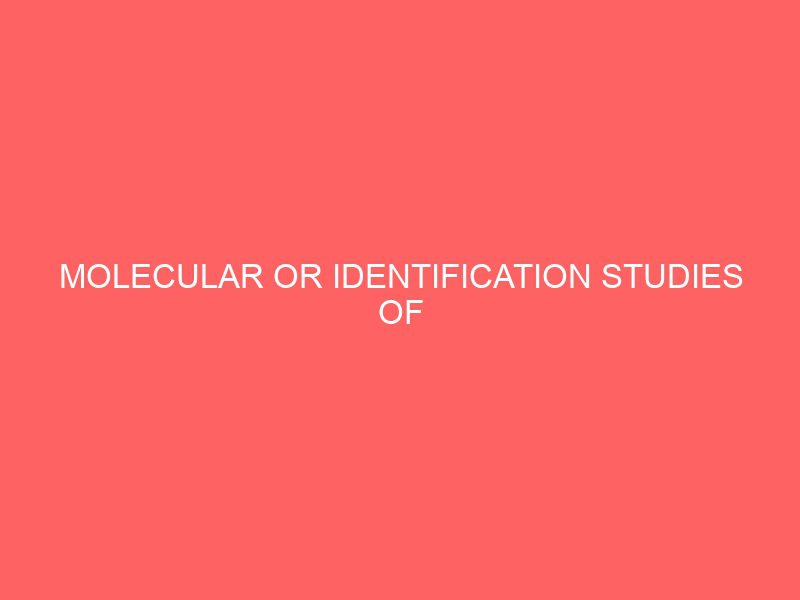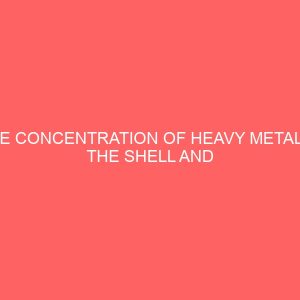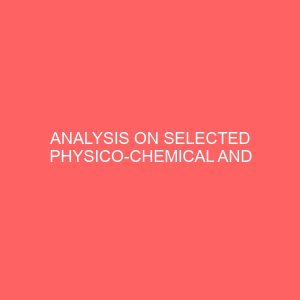Description
Molecular or identification studies of biosufactant producing micro-organisms from environment samples.
Abstract
Isolation and screening of microorganisms from contaminated soil samples with biosurfactant producing ability were investigated. The biosurfactant producing ability of the microorganisms isolated from the soil samples was investigated by hemolytic assay, drop collapse test, emulsification index and methylene blue agar plate method. Biosurfactants are biodegradable, non-toxic and eco-friendly compounds released by microorganisms. Most microorganisms were isolated from contaminated sites by petroleum hydrocarbon and industrial wastes. In this study, a biosurfactant–producing strain. Nigeria by enrichment culture, hemolytic activity assay, hydrolyzing oil activity assay, improved degreasing effect assay, and emulsification activity measurement. The strain was identified as pseudomonas Sp. BSI based on its 165 RNA gene sequence. The identified isolated is capable of producing glycolipids or other anionic surfactants as determined in our analysis of a phenotypic assay using CTAB. The biosurfactant was isolated from the culture supernatant and identified as dirhamnolipids (Rha-Rha-c10-c10) by high-performance liquid chromatography-mas spectrometry. The culture filtrate and cell-free supernatant that the isolate potential use in enhanced oil recovery. The dominant species were Bacillus and Pseudomonas, with an occurrence rate of 22.73% each. The isolates were subjected to conventional biosurfactant screening tests: qualitatively (drop collape and microplate assay) and quantitatively (oil spreading and emulsification activity). Therefore Bacillus and Pseudomonas species were positive for all the tests and they had a cleaning zone of 4mm each and an emulsification capacity of 51.61% and 53.13% respectively.








Reviews
There are no reviews yet.